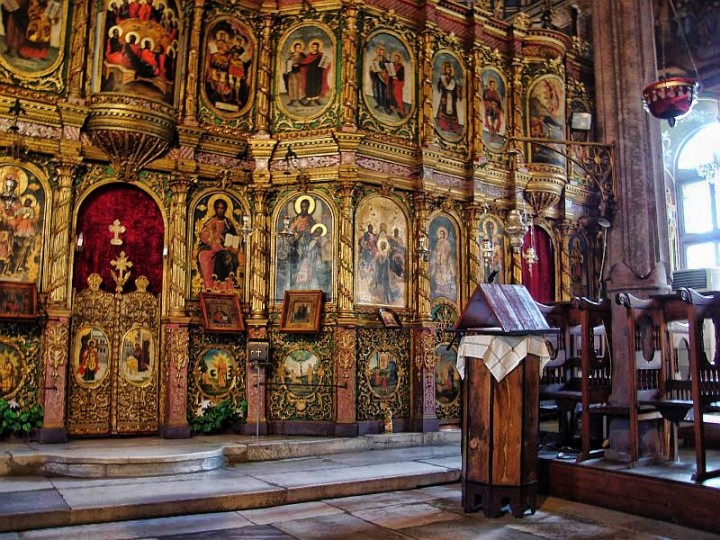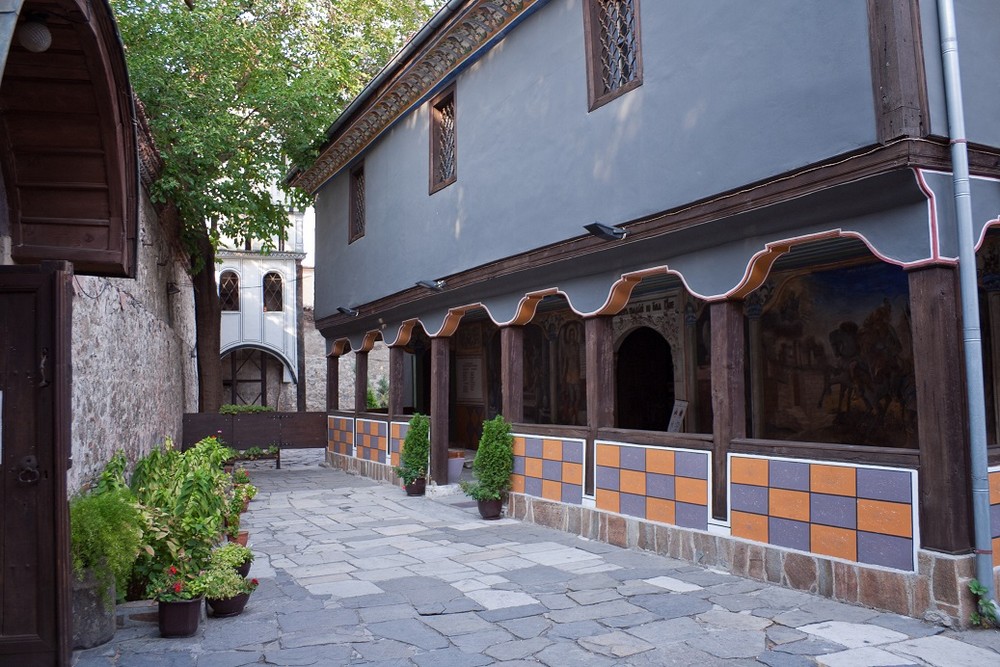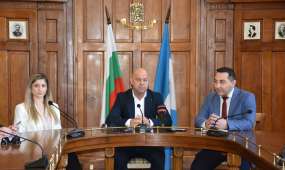Church "St. St. Constantine and Helena"
phone: +359 889 203 852 link: http://www.plovdivskamitropolia.bg/"St. St. Constantine and Helena"
The church "St. St. Constantine and Helena" is one of the oldest Christian churches in the city of Plovdiv. It is situated in the center of the old part of the town, right on the wall of the Acropolis. It is part of the Architectural complex “The Ancient Plovdiv.”
In 304, at the place where the church is located today, the martyrs Severin and Memnos were beheaded for professing the Christian faith. Before them, 38 other martyrs of Plovdiv died because of their religion.
According to the research of archaeologists and historians, the temple near Hisar Kapia was built about thirty years after the martyred death of Saint Severin and Saint Memnos and their 38 comrades. Thus, the first temple of the Lord in the city of Seven Hills was built and it was in honor of the holy martyrs Severin and Memnos.
After this period, there is little information about the history of this ancient temple. It was mentioned only in 1578 by the German theologian Stephan Gerlach.
During this period, the temple was demolished several times and then built up again. It is reported that in 1810 the prominent weaver of frieze from Koprivshtitza Todor Moravenov became a trustee. He and the Plovdiv enlightener Valko Chalakov managed to erect the ruined temple once again and that is how the St. St. Constantine and Helena church has remained until today.
The newly built temple was one of the largest of its time, measuring 26 to 17.5 meters and height – 8 m. Its architecture is typical of the nineteenth century, built by the famous master of the Bratsigovo School, Petko Petkov – Boz. The iconostasis of the church is unique by its nature. It was made in Vienna. A receipt dated 17 March 1836 has been preserved, which states that the master of this iconostasis was Yoan Pashkula of the village of Metsovo. The iconostasis was made entirely in the Baroque style, but it is especially unique for its gilt and polychrome decoration. It was completed in 1836 but the gilding was done later. The first row of the iconostasis icons were painted by the famous Bulgarian painter, Zahari Zograf. The old iconostasis icons are also from XIV – XV centuries. Yoan Pashkula carved the canopy over the Holy See and the Bishop’s throne. Dimitar Stanishev of the Debar school made the small iconostasis, located in the middle part of the temple. The church was fully painted in 1864 – 1866 by Stefan Andonov and Atanas Gyudzhenov of Pazardzhik. The St. St. Constantine and Helena church is one of the Plovdiv temples, whose original frescoes are fully preserved.
In the ‘50s of the twentieth century, during excavations beneath the apse of the church, some attractions such as the rectangular tower were discovered. It is associated with the defense of the eastern fortress gate – Hisar Kapia. There was also the ossuary, storing the bones of dozens of generations of noble citizens of Plovdiv.
In the ‘60s of XIX century, 13 meter bell tower was built in the northwest corner of the yard, which has five floors and two bells – a small and a large one. In the southern part of the yard is located the former parish school. Now it has been converted into an icon gallery, where different examples of the icon art are presented in a permanent exhibition. The works from XIV – XVI century are the oldest and most valuable in this exhibition, including the old iconostasis icons of the church, existing since before its restoration. There are also works dating from XV – XVIII centuries.
The temple has been functioning permanently since July 2007, at the initiative of his Eminence Metropolitan Nicholay of Plovdiv. A priest has been appointed and he regularly performs ministrations and takes care of the temple.













Add new comment